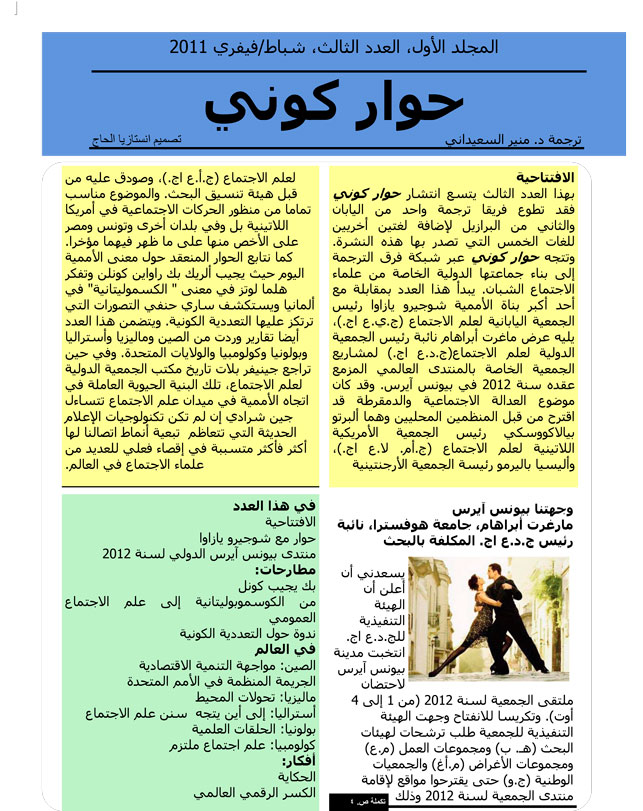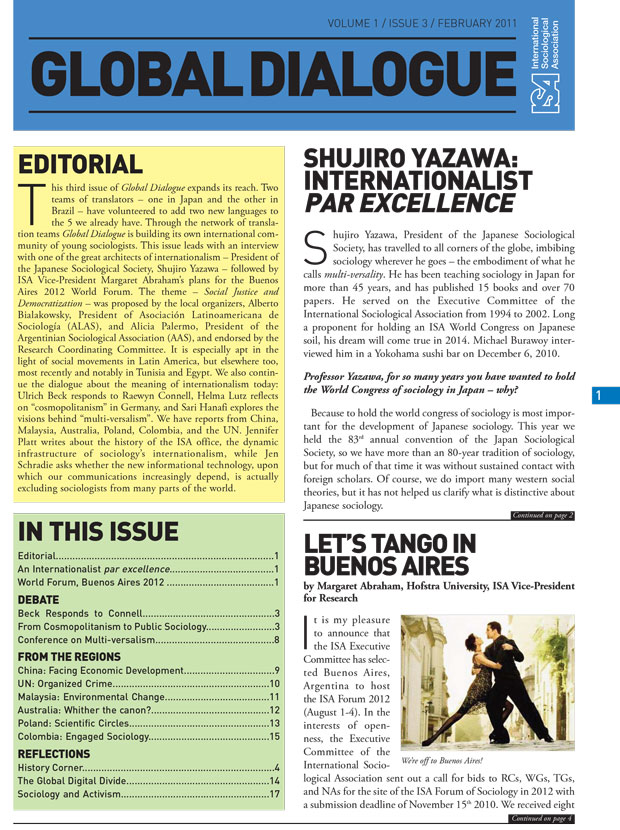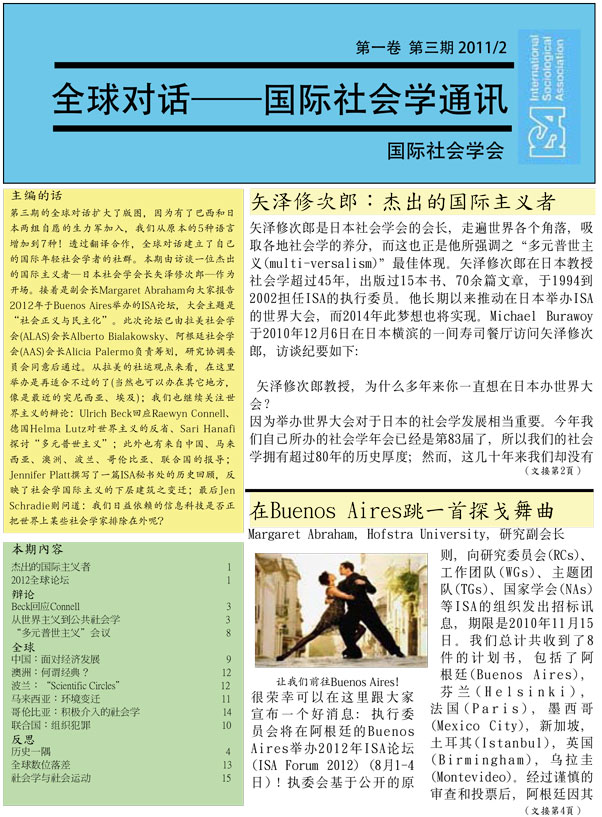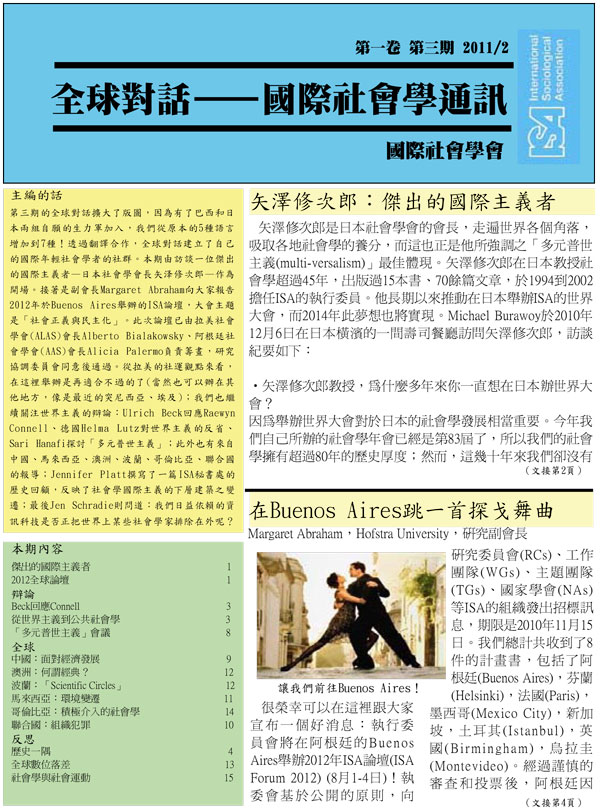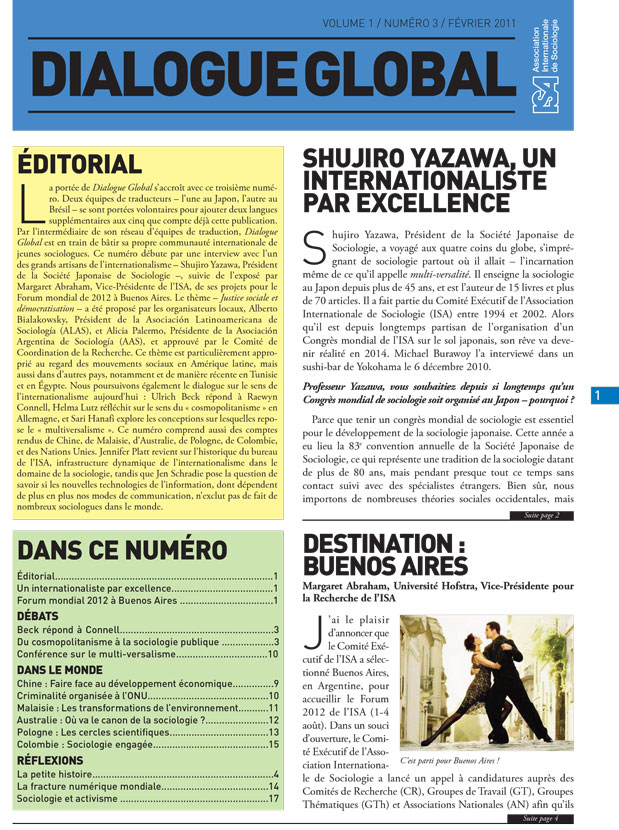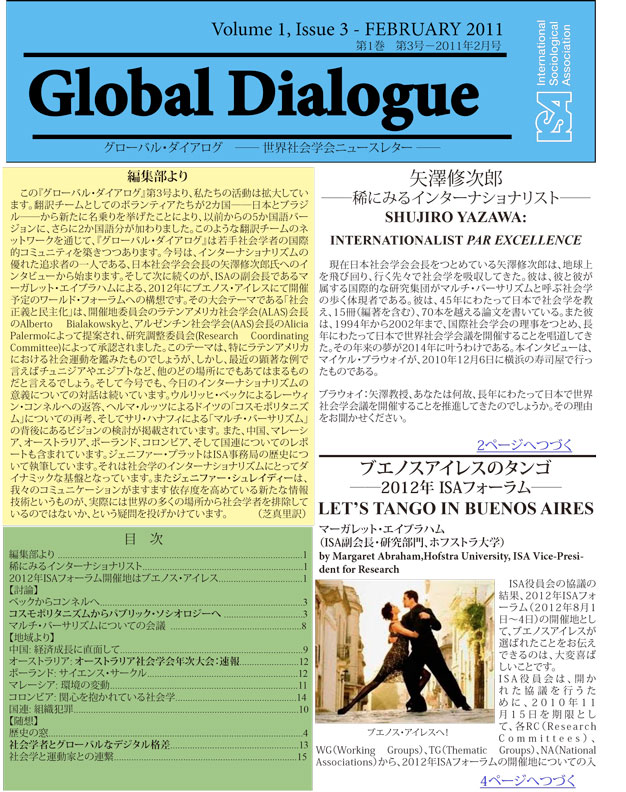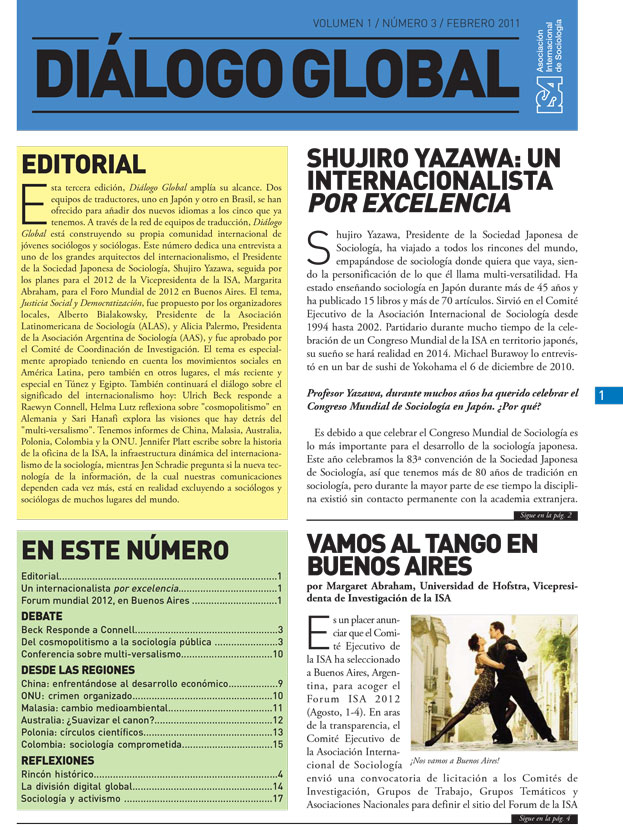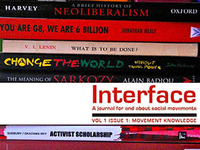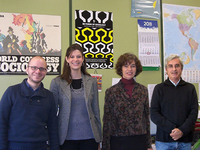Who's Connected? Sociologists and the Global Digital Divide
February 16, 2011
Card catalogues, typewriters, and microfiche were once technological tools of the academic trade. Today, many sociologists rely on Jstor, laptops and Endnote. But what of sociologists from the Global South?
When researchers began studying the digital divide in the early 1990s, they examined the binary gap between people with and without Internet access. However, the complexities of everyday Internet use have driven the analysis to include stratification in activities, skill level, technological resources, and other variances. Some scholars (i.e. Ono and Zavodny 2007) have compared Internet connection rates between countries, but little research has examined the digital differences that academics face across the political and economic spectrum of nations. For the ISA, digital inequality among members could affect how we communicate with each other. For example, online collaboration may not necessarily solve the problems that sociologists from less endowed universities and countries have in affording travel to international conferences.
An eye toward the data illustrates the challenges that ISA members might face. First, the ISA categorizes members into A, B and C countries, based on the economy of one’s home country. From the A category, the United States and the United Kingdom, countries with the most ISA members (see Table), each had an Internet access rate of 76% on average in 2008. Most likely, all academics in these countries have consistent and high-quality connectivity although precise data are not available. On the other hand, the two countries with the most members in the C category, India and Nigeria, have access rates of 5% and 16% respectively.

- Last updated November 24, 2010. For interactive graphs, go to Google public data: http://tinyurl.com/264z5fy
- ISA information from ISA online data, June, 2010.
However, whether or not a country has an average connectivity rate does not speak to online access rates for sociologists, nor the complexities of what they are able to do online. Nigerian sociologists, for example, can have basic Internet access but may face other constraints: not enough computers for her students; having to pay out-of-pocket for computer services; regular electrical outages; not having the latest software for data analysis and academic writing (i.e. Endnote, Stata, AtlasTi); and limited access to Jstor and journals in general.
Philip Howard, a sociologist at the University of Washington, calls this an “intellectual divide”. While conducting research for his latest book in Muslim countries around the world, The Digital Origins of Dictatorship and Democracy (2010), he found that academics in less developed countries can benefit from the leadership of strong state institutions. In these countries, the best technologies and highest speed Internet access (i.e. broadband) is usually given to the national library and the major universities. However, it is at the discretion of the university, often in conjunction with the national library, to distribute any technological resources. This usually means giving the most resources to academic departments that provide the most “value” to the state. The result is inequality by discipline. For instance, states often view traditional engineering and medicine departments as providing the most public value. The social sciences are usually at the bottom of the heap, depending on the exact discipline, so sociologists may not have access to as many relevant journals, for example. Now that so many journals are online, subscriptions to engineering and public health journals, for instance, often have higher priority than sociology. Therefore, some sociologists are not able to read journal articles written by other sociologists. Others have 24/7 access at a click of a mouse.
What digital barriers do you or your students have? The ISA is interested in finding out what members’ practical situations are so that it can aim to tailor what it offers in ways which meet members’ needs and preferences. Send in your comments to Jen Schradie schradie@berkeley.edu and please indicate your country, position, and institutional location.
References
Ono, H., Zavodny, M. 2007. “Digital inequality: A five country comparison using microdata”. Social Science Research. Volume 36, Issue 3, September, Pages 1135-1155.
Howard, P. 2010. The Digital Origins of Dictatorship and Democracy: Information Technology and Political Islam. Oxford University Press, Oxford.
Jen Schradie, University of California, Berkeley, USA

